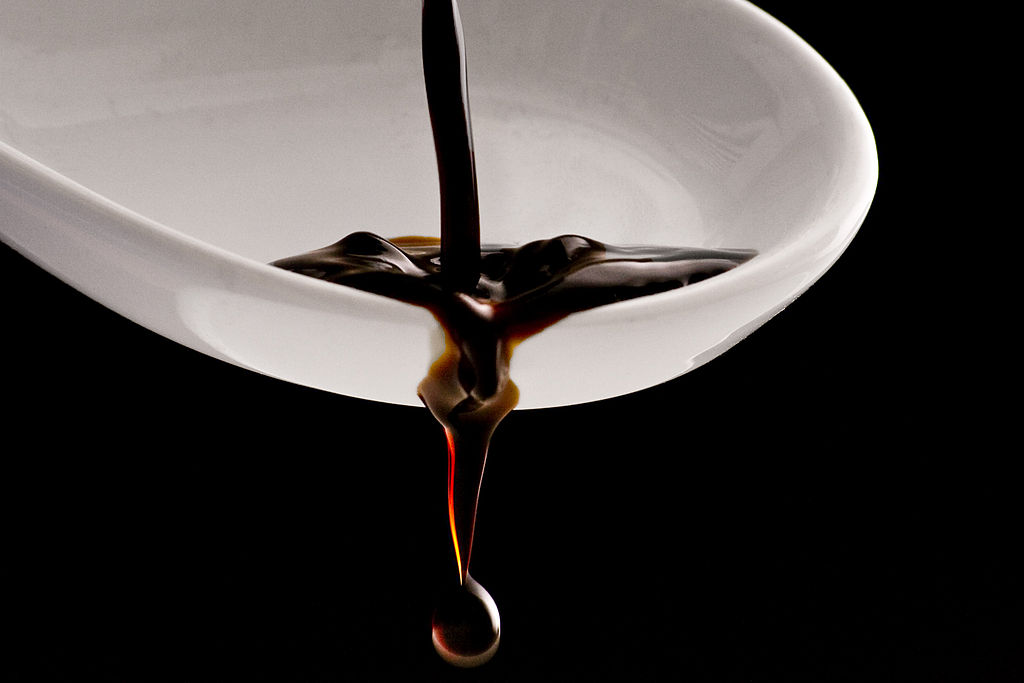Who would have known? Vinegar, created by an entirely natural process in which alcohol is turned into acetic acid, was once the wretched spoils of our home-made wine gone sour and the sad relics of the village winemakers’ failure.
But here in Modena, in the heart of the region of Northern Italy that has given the world Parmigiano Reggiano, the Prosciutto di Parma and other milestones of Italian cuisine, vinegar is no longer to wine what donkeys are to horses. It is no longer the ignominy of the family, good only for dressing green salads.
It is here, in the areas around Modena and Reggio-Emilia that balsamic vinegar’s history, traditions and secrets unfolded and were guarded throughout the centuries. It was originally named ‘balsamic’ mainly due to its healing properties, which are now being overshadowed by its more palatable gastronomic qualities.
The Consorteria in Modena and the Confraternita in Reggio-Emilia are the two brotherhoods stewarding the time-honoured traditions of balsamic vinegar with a scrupulous approach reminiscent of the severe guardians of Sienna’s Palio.
The Benedictine friar, Donizone, in his 1604 dissertation Vita Mathildis, reported that Henry of Francony, en route to be crowned Emperor of Germany with the name Henry III, requested that his convoy stop at Canossa, near Modena, to pick up a flask of ‘that hightly praised vinegar’.
Balsamic vinegar is a rich sweet liquor made from red wine vinegar and fresh sugary must. Before its commercial manufacturing and exportation began in the 1980s, balsamic vinegar had been a Modenese family tradition for centuries. As with the veritable mellow of burgundy wine, balsamic vinegar was aged for twelve long years in 60-litre (approx. 16 gallon) oak barrels, then stored in the lofts of country houses, where it was left to withstand twelve steaming hot summers and twelve freezing cold winters – weather conditions that are all too familiar in this part of Italy.
Balsamic vinegar is now manufactured and bottled by a handful of commercial producers, who use their expertise to grade it by flavour and ageing time. The various grades of balsamic vinegar are then marketed at prices that render them luxury products. The lower quality balsamic vinegar is produced by using a lower proportion of aged vinegar. This grade is used as dressing and costs anywhere between $5 and $35 per litre. Traditional (tradizionale) balsamic vinegar, however, is a connoisseur item and is a lot more expensive, fetching up to $350 per litre for a red label, up to $500 per litre for a silver label and as much as $800 per litre for a gold label.
As if these discriminating prices weren’t enough, balsamic vinegar is also rather finicky in its accompaniments. Connoisseurs passionately recommend that it not be sprinkled liberally on salads, decidedly not be used as a cover-up for weak flavours and finally, not be used in association with too many different aromas and spices. Talk about a hard one to match.

